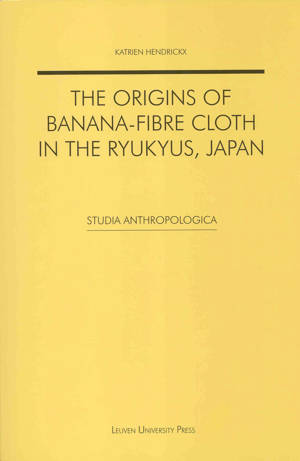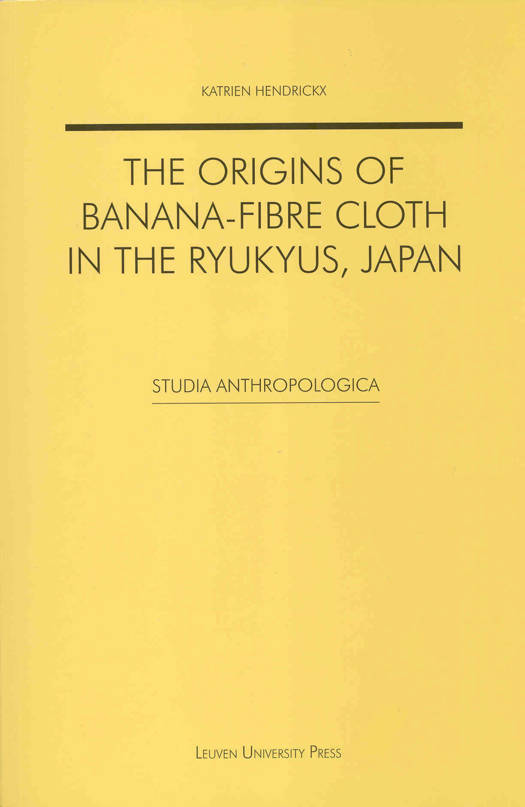
- Retrait gratuit dans votre magasin Club
- 7.000.000 titres dans notre catalogue
- Payer en toute sécurité
- Toujours un magasin près de chez vous
- Retrait gratuit dans votre magasin Club
- 7.000.0000 titres dans notre catalogue
- Payer en toute sécurité
- Toujours un magasin près de chez vous
Description
The Japanese word bashôfu literally means 'banana-fibre cloth'. Both the cloth and the clothing made from it are now considered important constituents of Okinawan identity. This special trait of Okinawan material culture was brought to attention by the Japanese Folk Craft Movement in the 1930s. After years of decline following World War II, the weaving and use of bashôfu saw a revival that accelerated after the return of Okinawa to Japan in 1972 and still continues. Although today bashôfu receives considerable attention because of its status since 1974 as one of Japan's important intangible cultural properties, its origins and history had remained hidden. In this book Katrien Hendrickx searches for the origins of bashôfu in the Ryukyus, including the origins of ito bashô, the plant that provides the raw material, and studies the yarn-making methods and weaving techniques. She also focuses on why and how the Ryukyuan people adopted those techniques and introduced them into their own society. By careful analysis of all available sources, considered from viewpoints that sprang from fields as various as pure history, phytohistory, philology, ethnography, and folklore, Hendrickx convincingly proves that bashôfu was introduced in the Ryukyus from Southern China, and not from Southeast Asia as is commonly argued. Her overview of present-day bashôfu-weaving and its use also provides valuable insights into the situation of folk-craft within Okinawan society during the second half of the 20th century and up to the present-day.
Spécifications
Parties prenantes
- Auteur(s) :
- Editeur:
Contenu
- Nombre de pages :
- 336
- Langue:
- Anglais
- Collection :
Caractéristiques
- EAN:
- 9789461660497
- Date de parution :
- 07-04-17
- Format:
- Ebook
- Protection digitale:
- Digital watermarking
- Format numérique:

Les avis
Nous publions uniquement les avis qui respectent les conditions requises. Consultez nos conditions pour les avis.






